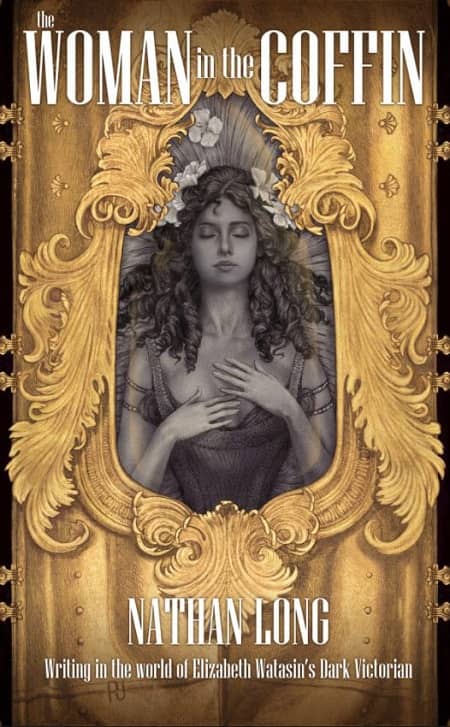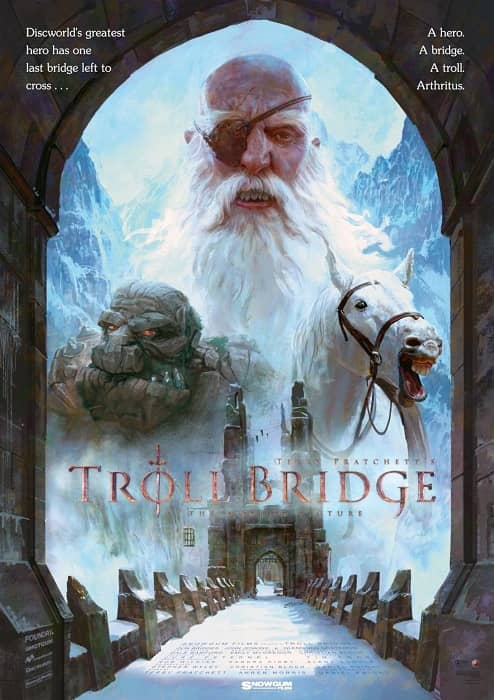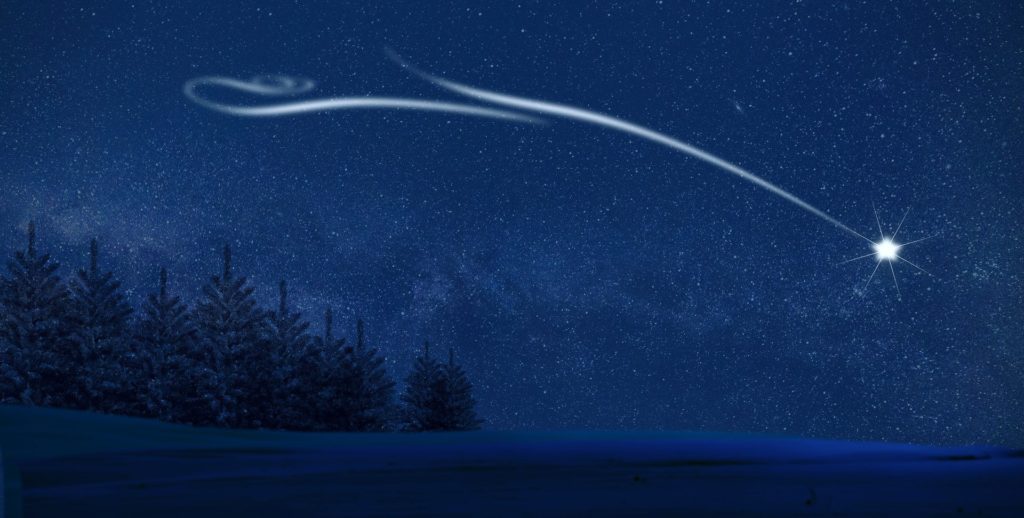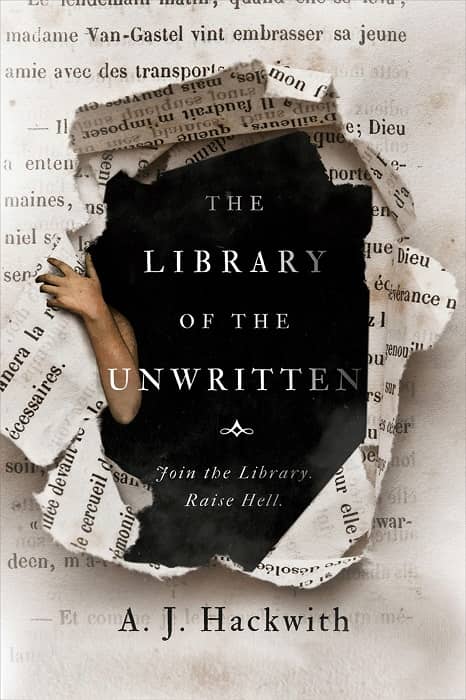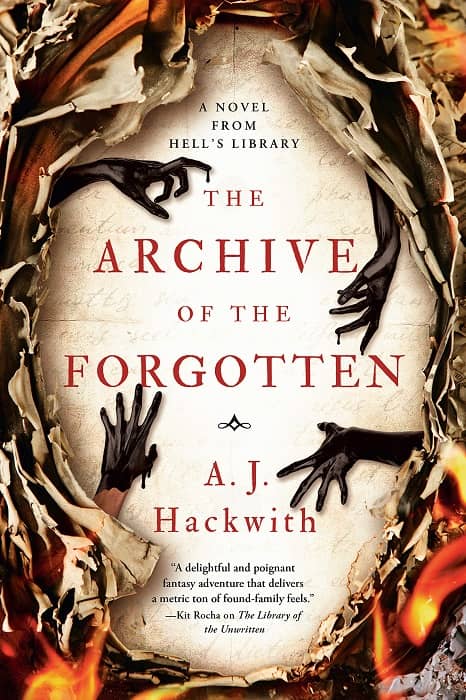Heroes and Villains

Image by Сергей Катышкин from Pixabay
Growing up, I had no heroes.
I’m not sure if this is a sign of anything in particular that might be wrong with me, but growing up, there was no one in any field — sports, literature, politics, or life — that I considered a hero of mine. There were certainly people whose skill and success I greatly admired. My favourite artists come out of the surrealist movement, and they are remarkable, both in how well the portray realism and how expertly they undermine it; twist it and make it strange. I have always loved Tolkien and regularly stand in awe of what he built. I feel the same way about Steven Erikson, a more contemporary writer. Martin Lass was my favourite violinist, and Tommy and Phil Emmanuel my favourite all-time guitarists. I was enamoured with the skill of tennis stars Pat Cash and Pat Rafter…
If you needed proof of my Australian-ness, I think that’s it right there…
…